Realizing a thousand year aspiration
For generations, along the poetic Cau River, love songs have resounded, where the Lien Anh and Lien Chi singers have confided their lyrical songs and nurtured their deep relationships. Not only that, the river is also a witness to memories, preserving the traditional beauty of the matchmaking custom between Tho Ha village (Viet Yen town) and Diem village (Hoa Long ward, Bac Ninh city).
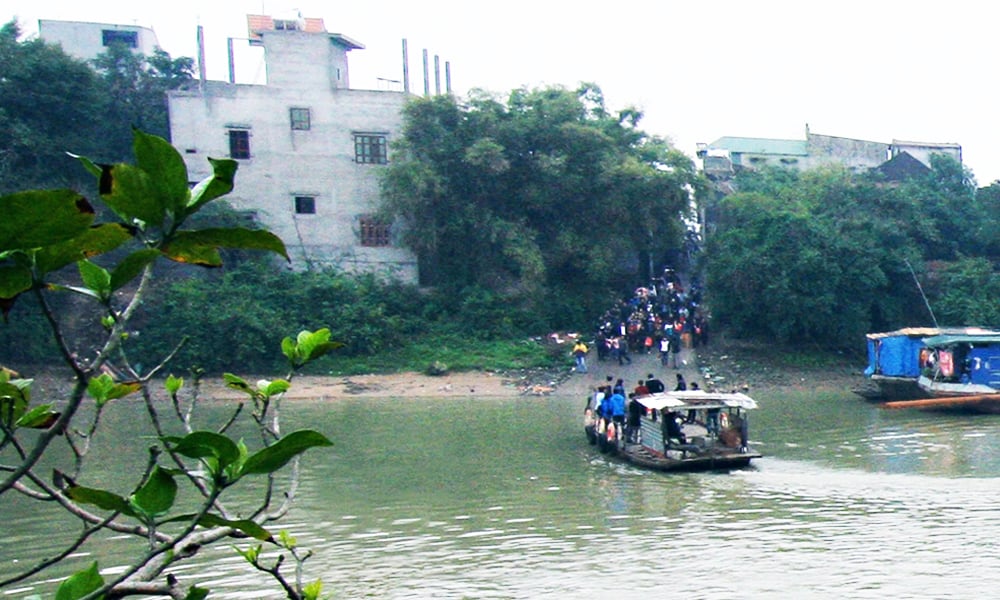 |
Tho Ha ferry in the near future will become a memory when the new bridge is built. Photo: Vuong Lam. |
For generations, people on both sides of the river have always cherished a common wish: to have a bridge connecting the two banks, so that there will no longer be the scene of “don’t wade through the deep river, don’t cross the full ferry”, so that quan ho singing will be smoother in love affairs. That wish has been conveyed in quan ho singing: “I wish the river were one span narrower/ Build a bridge with a strip of a blouse for you to come over and play”. “The bridge with a strip of a blouse” is the personal wish of the people of Tho Ha village, Diem village, and also the wish of the entire quan ho region of Bac Giang – Bac Ninh.
Today, that aspiration is gradually becoming a reality. With the attention and direction of the Prime Minister, the Van Ha bridge project has been approved by the authorities of Bac Giang and Bac Ninh provinces. The bridge is modern in scale, more than 360 meters long, 13 meters wide, and solidly built with reinforced concrete. With a total investment of about 240 billion VND, the project is expected to be completed in 2026, turning a lifelong dream into reality.
Regarding transportation, Van Ha Bridge will open a vital route, helping people in Van Ha Commune and Hoa Long Ward to travel more conveniently. The bridge also connects two major industrial centers of the region, promotes trade, attracts investment, connects cultural tours between the two banks of the Cau River, promotes socio-economic development, and contributes to improving the quality of life for people.
Not stopping there, Van Ha Bridge also carries profound historical and cultural values, becoming a symbol of connection, development and integration, connecting tradition with modernity, brightening the Kinh Bac land rich in identity.
Sketch of the future bridge
Nowadays, many localities do not simply consider bridges as transportation works, but as architectural symbols, urban highlights and tourist spaces. Bridges have aesthetic beauty, connect human emotions and harmoniously blend tradition with modernity, blend infrastructure and culture.
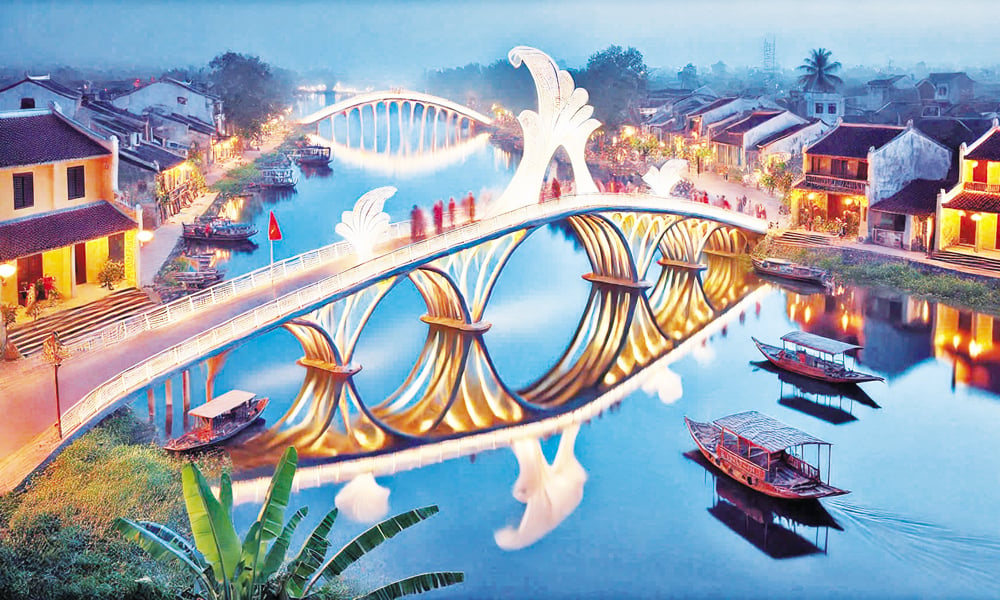 |
Illustration photo. |
Dragon Bridge (Da Nang) is a clear example of how it serves both as a transportation and a work of art. With a design simulating a dragon reaching out to the ocean, the bridge affirms its iconic status, attracting tourists with its fire and water spraying on weekends.
In Bac Giang, A Lu Bridge connects the city center with the suburban area, and impresses with its harmonious design, glowing at night, becoming a highlight of the Thuong River landscape. Meanwhile, Dong Viet Bridge connects Bac Giang with Hai Duong, with its elegant, modern beauty, shimmering on the water at sunset.
These projects show that, if properly invested, a bridge can both improve traffic infrastructure and become a cultural and tourist symbol, contributing to promoting local socio-economic development.
From those profound values, according to Chairman of the People's Committee of Viet Yen town Nguyen Dai Luong, perhaps there is no more suitable name for the new bridge than Quan Ho bridge - a symbol of connection in terms of traffic, culture, humanity and development aspirations. The bridge is both an infrastructure project and carries within it the breath of heritage, aiming for a unique architectural model, in harmony with the tourist landscape.
Inspired by Quan Ho culture, the bridge design can evoke images of conical hats, love boats or soft curves of pink yếm, creating a graceful and unique beauty. When night falls, the artistic lighting system will light up the entire Cau River, recreating the ancient love space, making anyone who sets foot on it feel the Quan Ho spirit still intact in each bridge span.
The birth of Quan Ho Bridge opens the door to developing cultural tourism. Tho Ha ancient village (Bac Giang) - one of the most beautiful ancient villages in Vietnam, along with Diem village (Bac Ninh) - the homeland of Quan Ho, will have the opportunity to attract more tourists. Experiences such as singing Quan Ho on a boat, exploring the ancient village, visiting Tho Ha craft village, listening to Quan Ho under the communal house roof will become unforgettable memories for domestic and foreign tourists.
Quan Ho Bridge is not simply a destination but has a cultural symbolic meaning, where visitors can capture the most beautiful moments with Kinh Bac region. Naming the bridge shows the honor of Quan Ho heritage, at the same time affirming the commitment to preserve and promote cultural values, bringing Quan Ho and Kinh Bac further in the integration period.
From the aspiration of “building a bridge of the veil” in folk songs to the reality of the Quan Ho bridge, it is a journey of connection, of love for culture and belief in a prosperous and civilized Kinh Bac land. One day not far away, when the bridge is completed, the people of Bac Giang – Bac Ninh and those who love Quan Ho and Vietnamese culture will be proud to witness that symbol standing tall across the Cau River – like a Quan Ho melody that echoes forever through time.
Let's look forward to Quan Ho Bridge - a traffic bridge, a cultural bridge, connecting the land and people of Kinh Bac, contributing to raising the tourism brand of Bac Giang - Bac Ninh and becoming one of the most impressive bridges in Vietnam.
Source: https://baobacgiang.vn/khat-vong-tu-cay-cau-dai-yem--postid414968.bbg


![[Photo] Prime Minister Pham Minh Chinh receives delegation of leaders of US universities](https://vstatic.vietnam.vn/vietnam/resource/IMAGE/2025/3/31/8be7f6be90624512b385fd1690124eaa)
![[Photo] 2nd Conference of the Party Executive Committee of Central Party Agencies](https://vstatic.vietnam.vn/vietnam/resource/IMAGE/2025/3/31/8f85b88962b34701ac511682b09b1e0d)

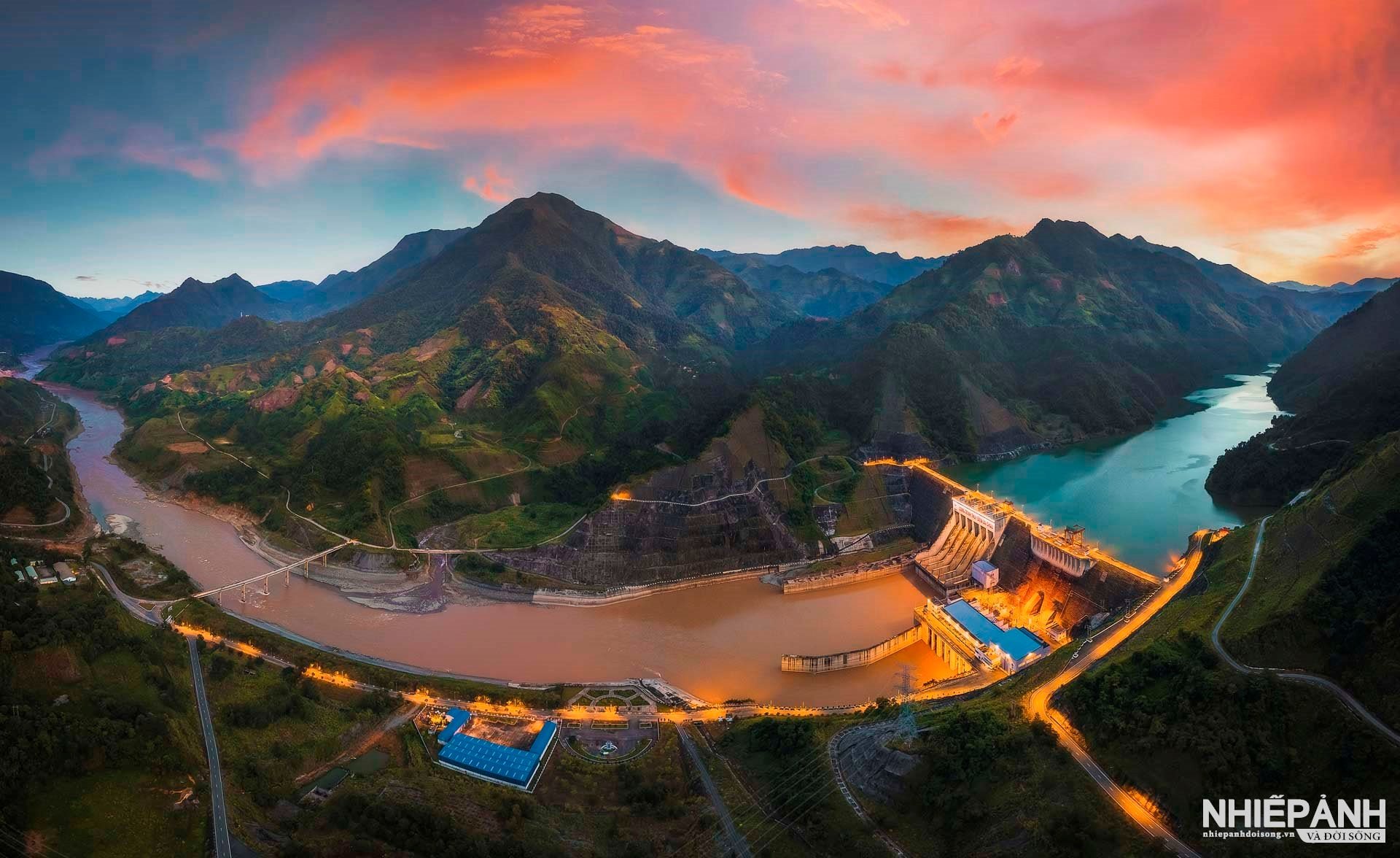
![[Photo] General Secretary To Lam receives US Ambassador to Vietnam Marc E. Knapper](https://vstatic.vietnam.vn/vietnam/resource/IMAGE/2025/3/31/5ee45ded5fd548a685618a0b67c42970)
![[Photo] Speeding up construction of Ring Road 3 and Bien Hoa-Vung Tau Expressway](https://vstatic.vietnam.vn/vietnam/resource/IMAGE/2025/3/31/f1431fbe7d604caba041f84a718ccef7)

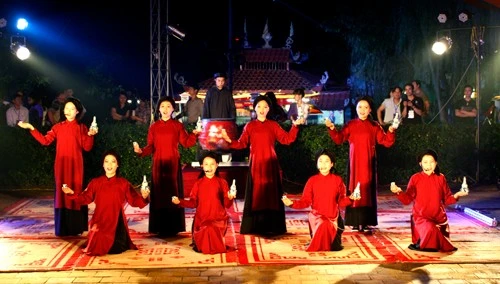









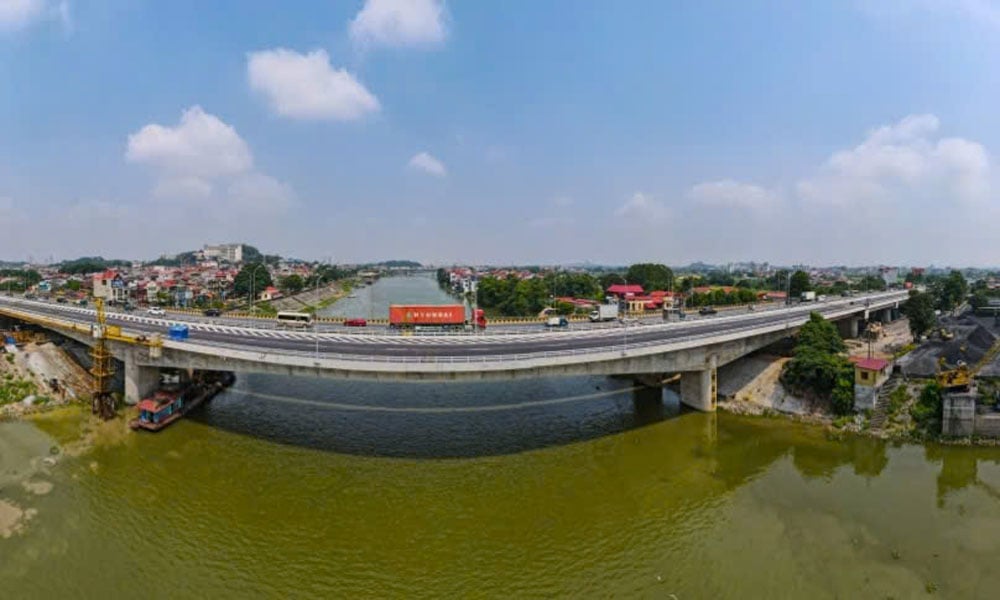


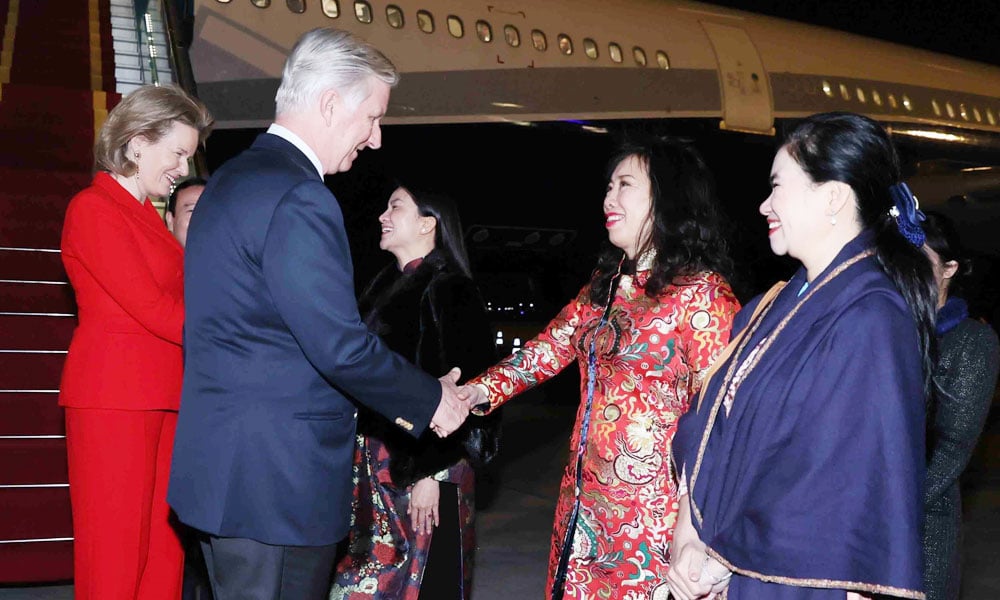

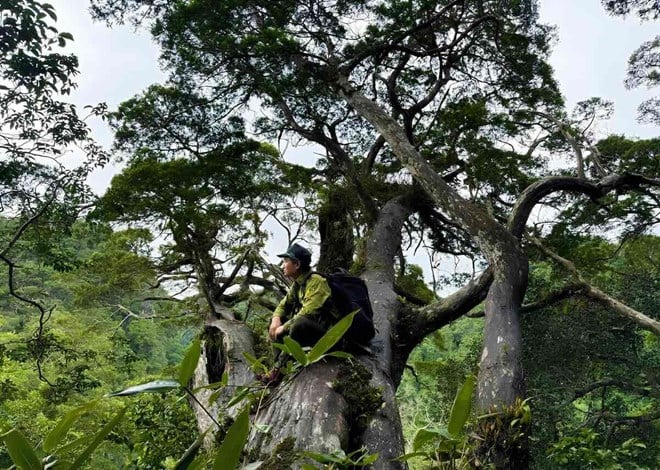

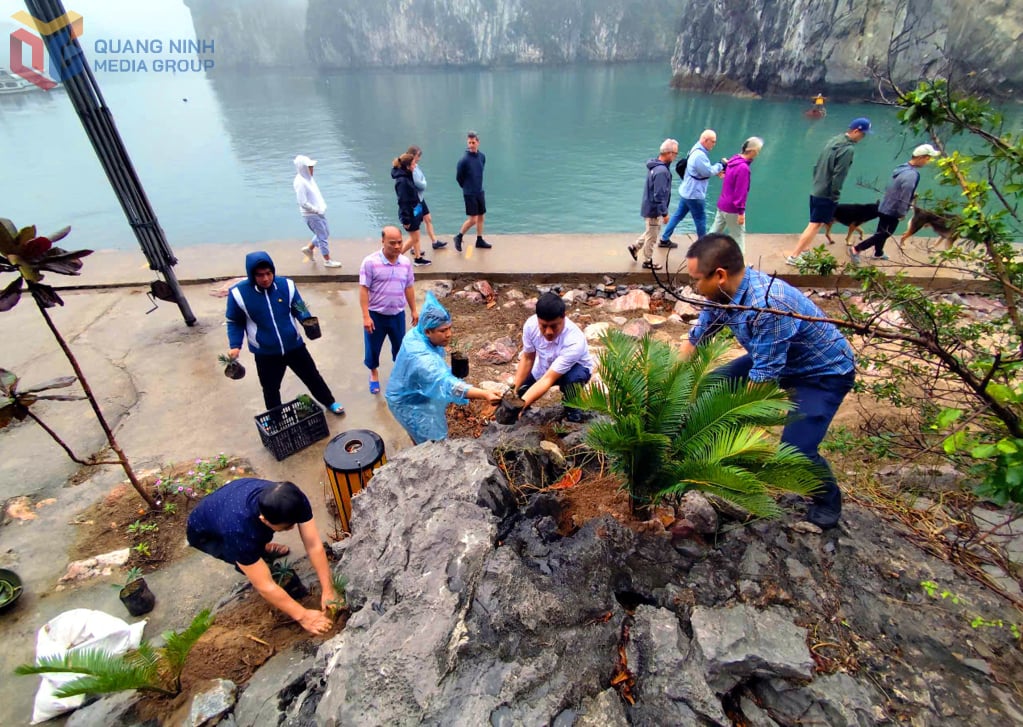

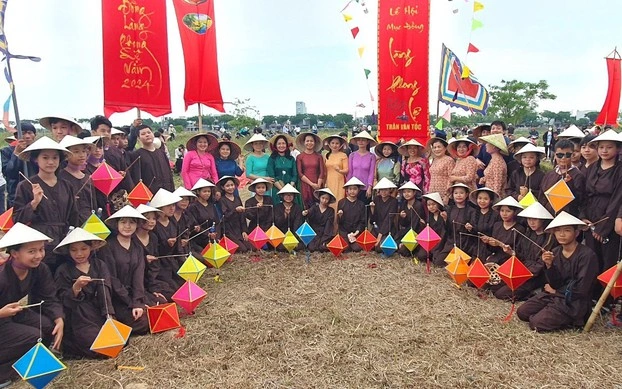





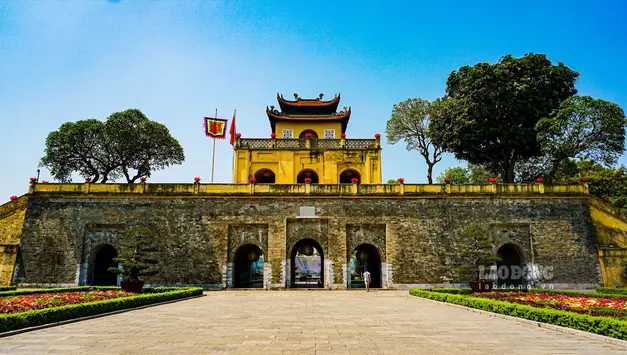

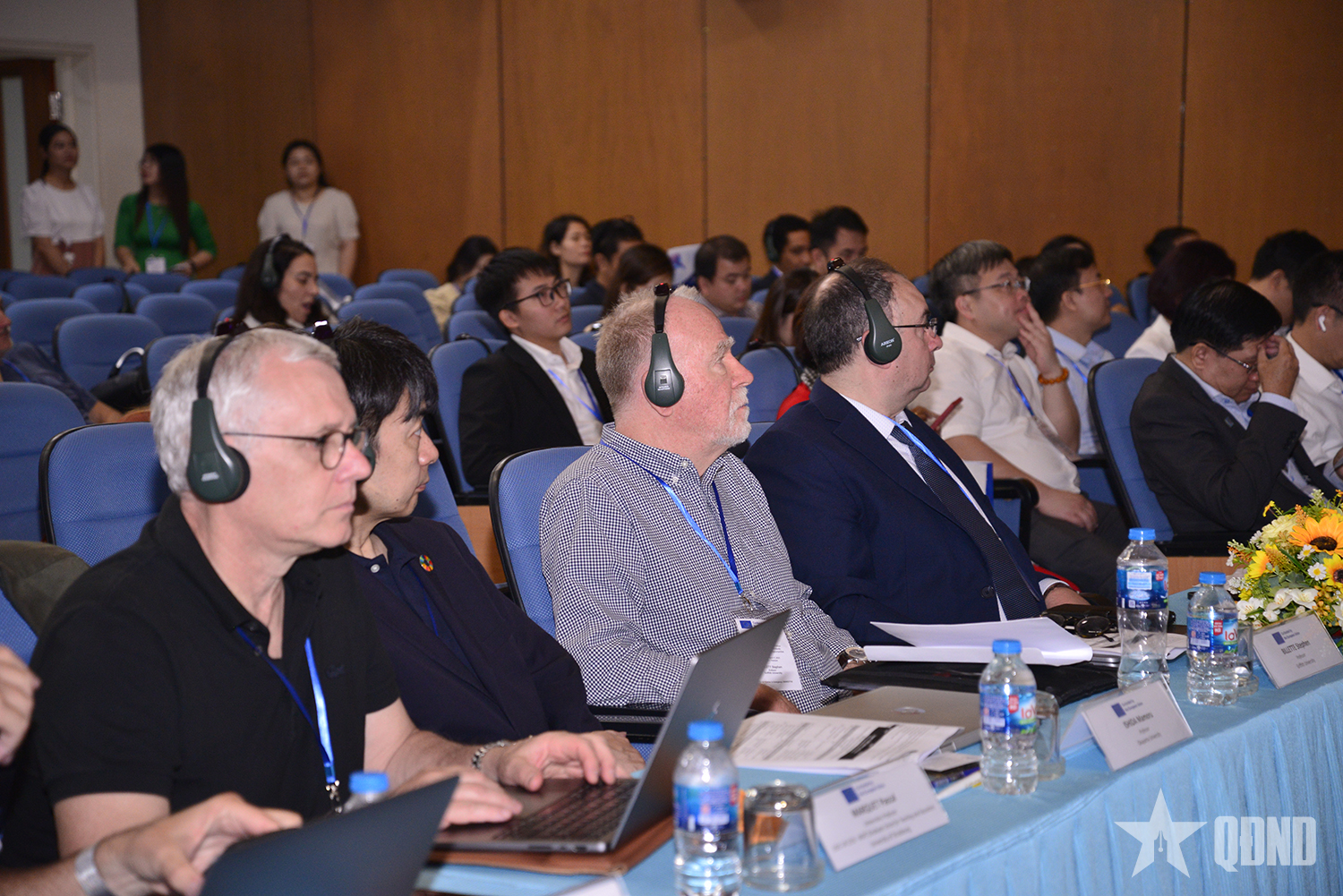

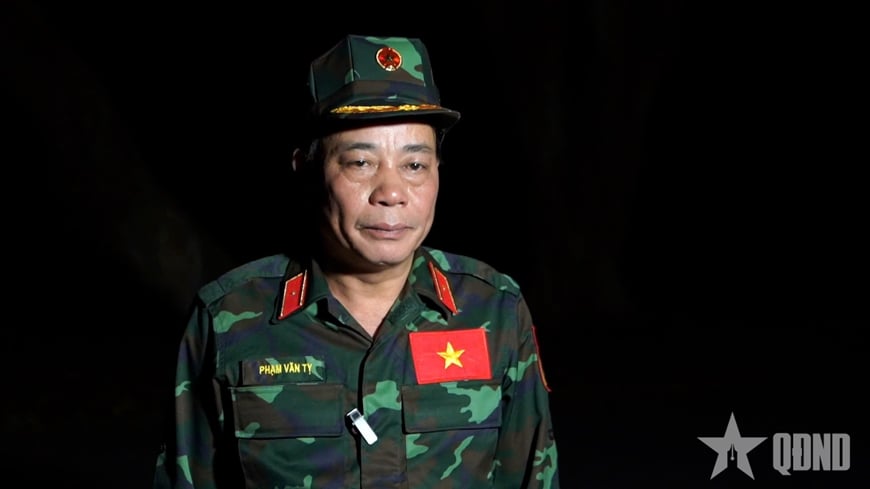


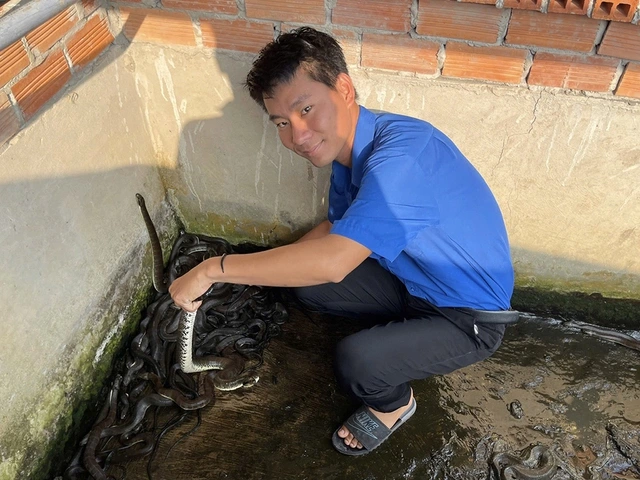


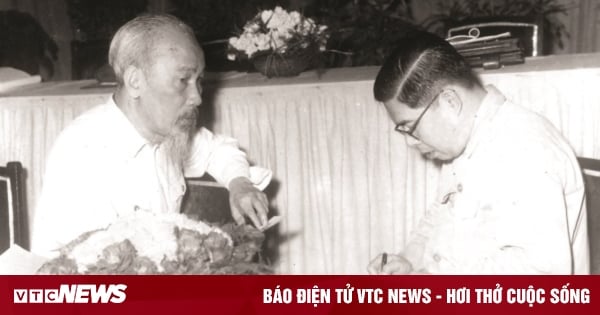










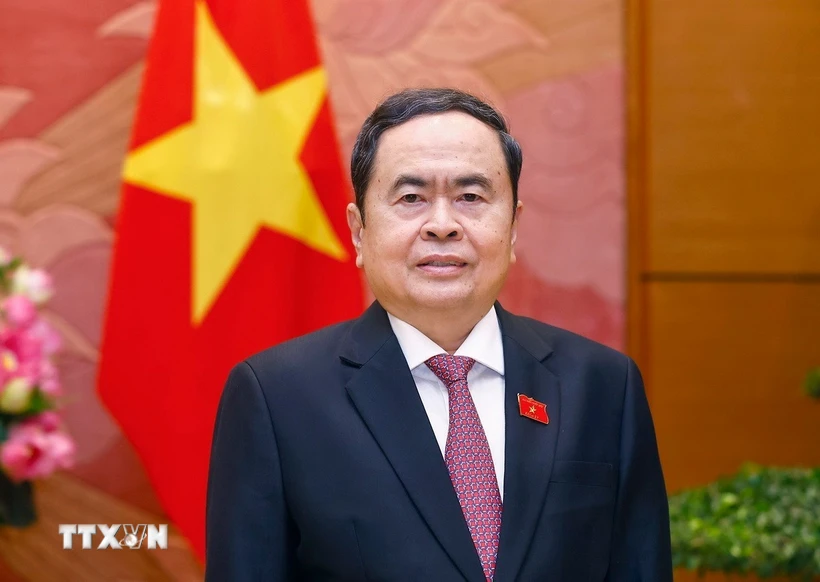

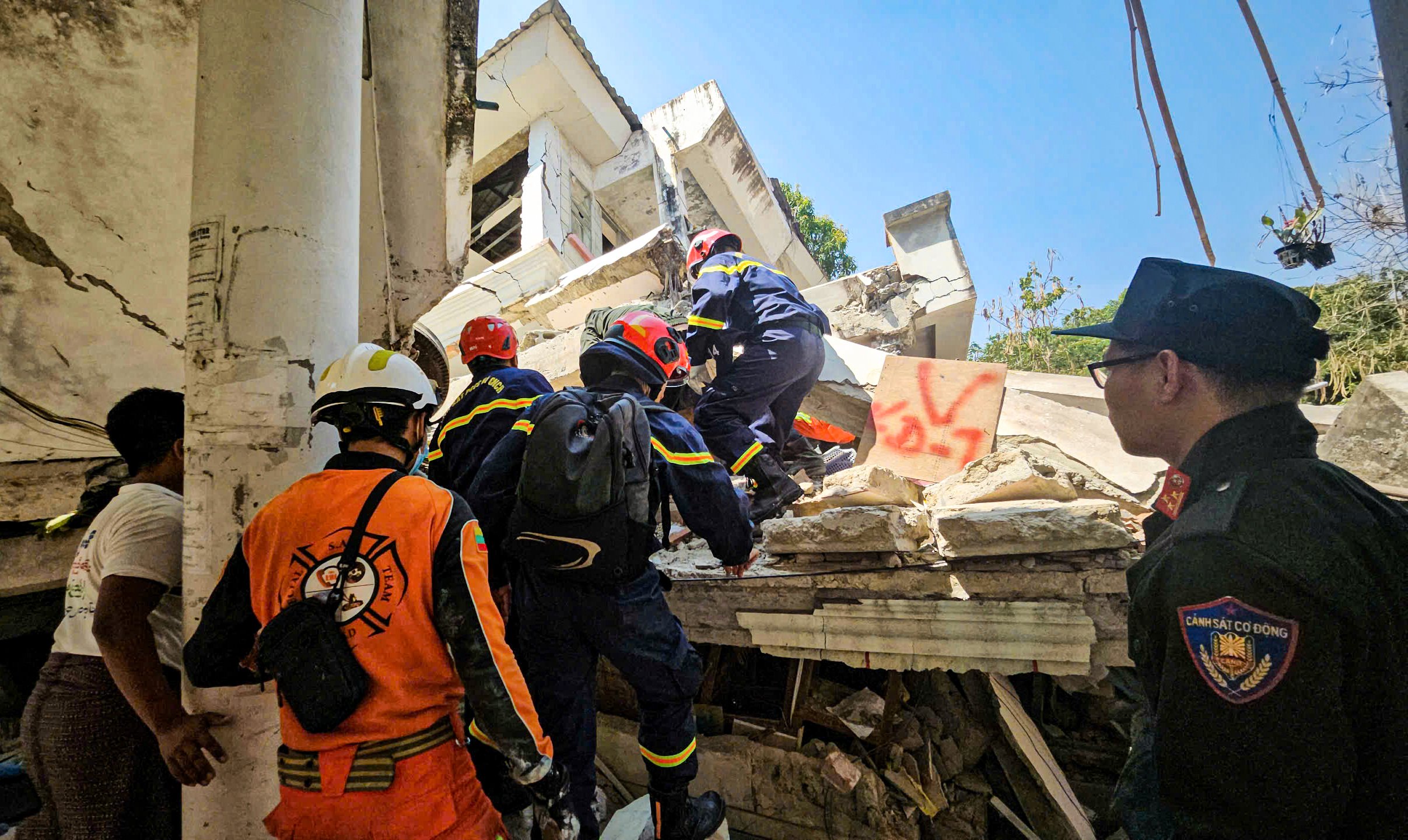
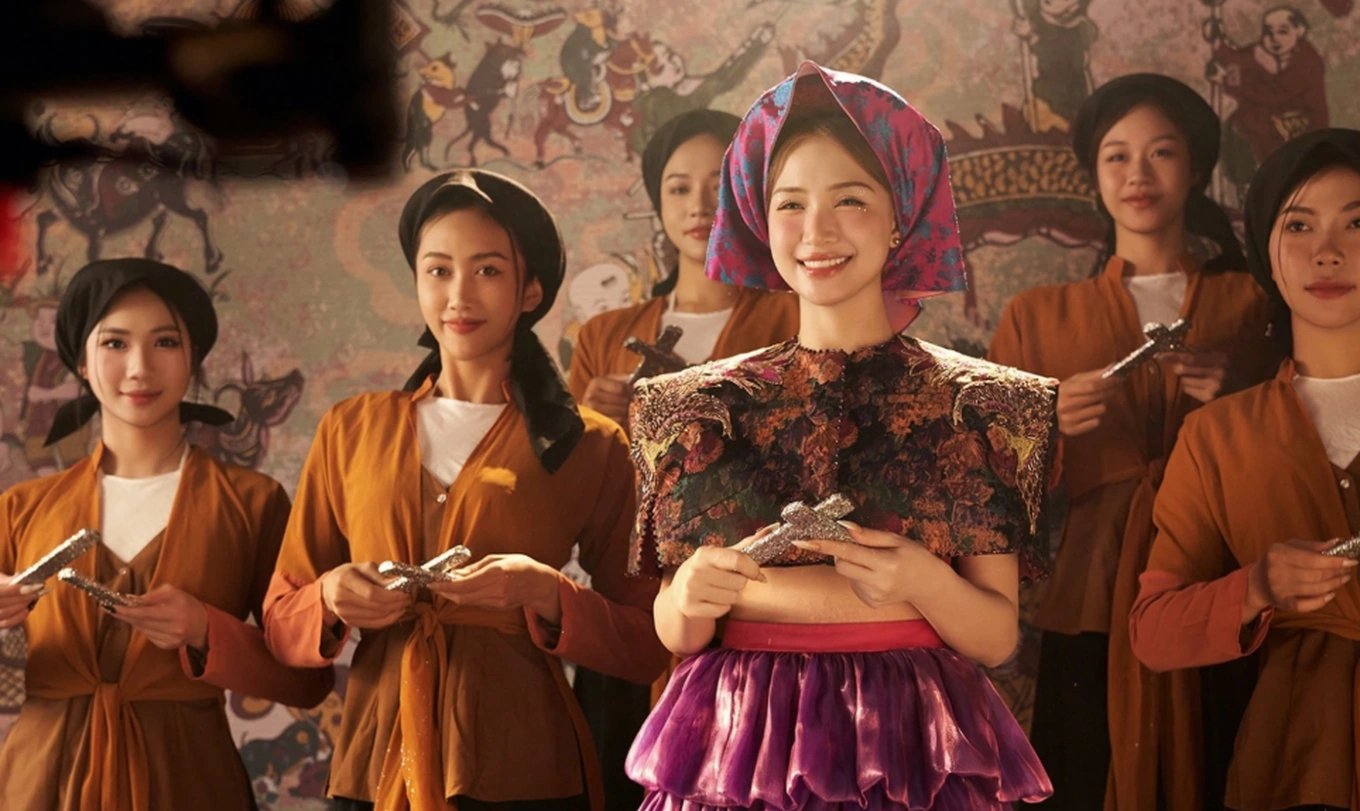
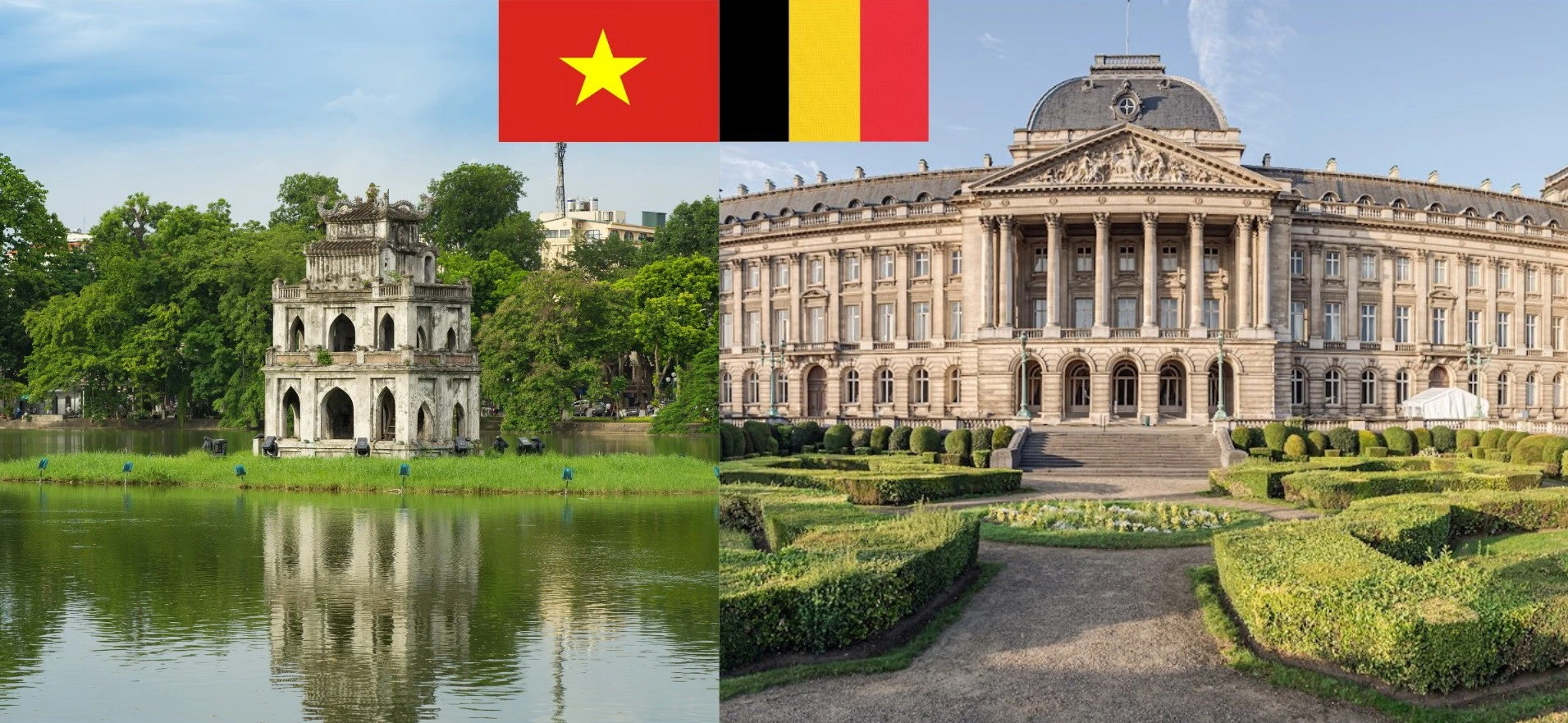

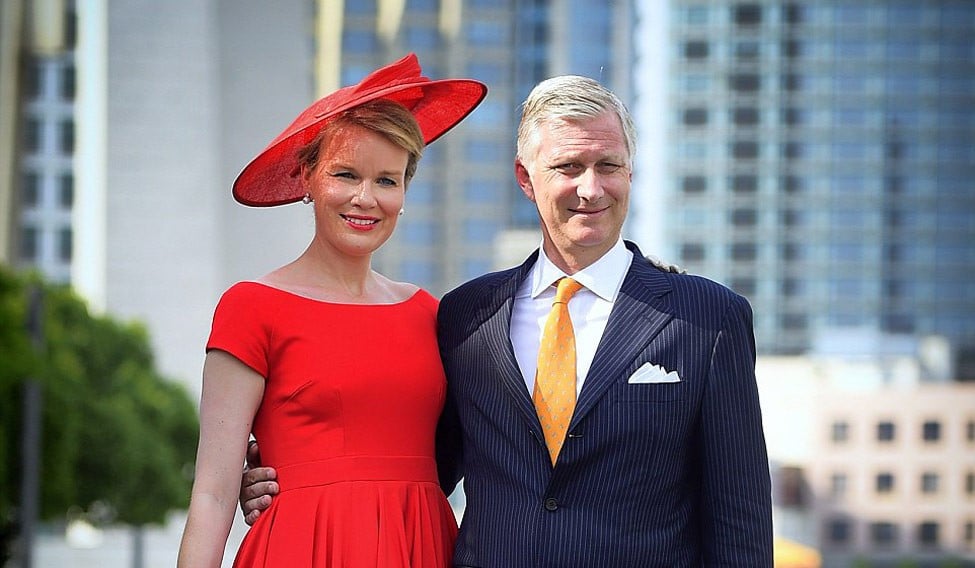


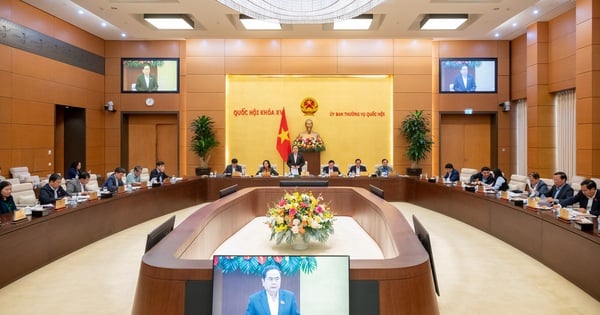

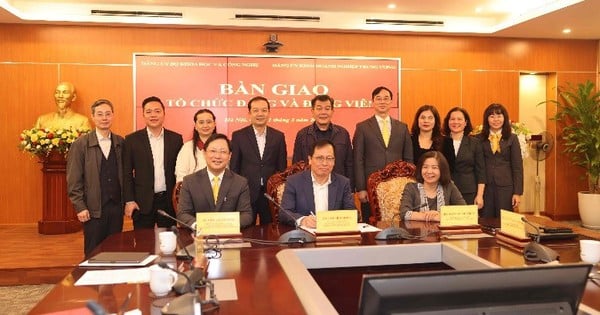

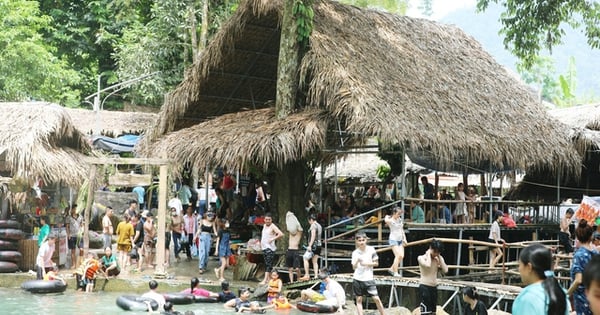
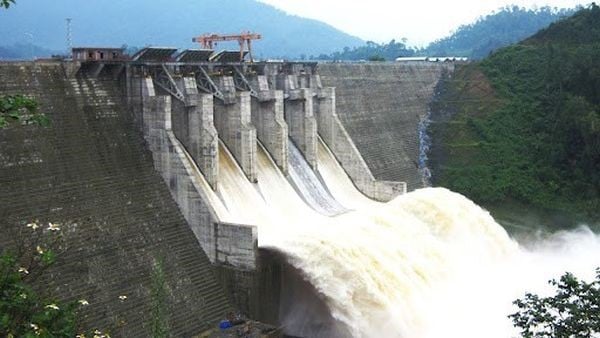


















![[REVIEW OCOP] An Lanh Huong Vet Yen Cat](https://vstatic.vietnam.vn/vietnam/resource/IMAGE/2025/3/27/c25032328e9a47be9991d5be7c0cad8c)

Comment (0)